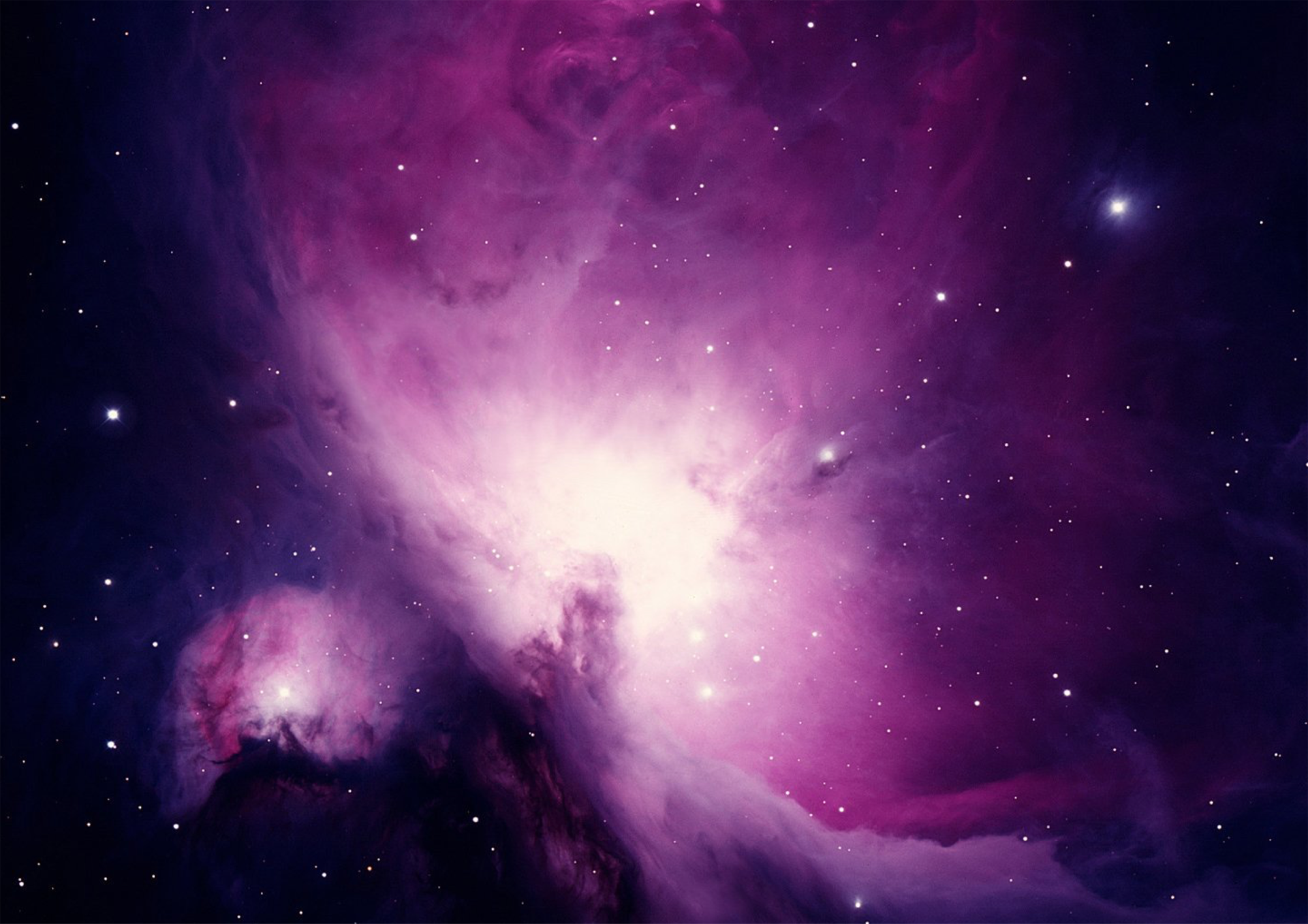
Introduction
Have you ever gazed up at the night sky and wondered about the cosmic dance of stars, planets, and moons? The universe is full of celestial objects whose movements might seem random, but they are governed by the laws of physics. Among these, one of the most intriguing puzzles is the “Three-Body Problem.” This problem has fascinated scientists for centuries, and it even pops up in science fiction. So, what exactly is the Three-Body Problem, and why is it such a big deal? Let’s dive in and explore this cosmic conundrum in a way that’s easy to understand and fun to read.
What is the Three-Body Problem?
At its core, the Three-Body Problem is about predicting the motion of three celestial bodies that interact with each other through gravity. Imagine you have three stars, planets, or moons, and you want to figure out where each of them will be at any given time in the future. Sounds simple, right? Well, not quite.
The problem lies in the fact that the gravitational pull between these three objects creates a complex, dynamic system that’s incredibly hard to predict. Unlike the Two-Body Problem, which has a straightforward solution (think of the Earth orbiting the Sun), the Three-Body Problem doesn’t have a neat, analytical answer. The movements of the three bodies can become chaotic, making long-term predictions nearly impossible.
A Glimpse into Chaos
The Three-Body Problem showcases chaos theory in action. Small changes in the initial conditions—like the position or velocity of one of the bodies—can lead to wildly different outcomes. This sensitivity to initial conditions means that even if we know the current state of the system very precisely, predicting its future behavior is incredibly challenging.
To illustrate this, imagine a game of cosmic billiards. Even a tiny nudge can send the balls (or planets, in this case) on completely different paths. This chaotic nature makes the Three-Body Problem a favorite topic among scientists and mathematicians who study complex systems.
Historical Perspectives
The quest to solve the Three-Body Problem dates back to the days of Sir Isaac Newton, who formulated the laws of motion and universal gravitation. Newton himself struggled with the problem and couldn’t find a general solution. Later, in the 19th century, the French mathematician Henri Poincaré proved that no simple, closed-form solution exists for the general case of the Three-Body Problem. This groundbreaking work laid the foundation for chaos theory and earned Poincaré a place in the pantheon of mathematical greats.
Modern Approaches and Solutions
While a general solution to the Three-Body Problem remains elusive, scientists have developed various methods to tackle specific cases. Numerical simulations, for example, allow us to approximate the movements of three bodies over time by solving the equations of motion step by step. These computer simulations can model the behavior of celestial systems with remarkable accuracy, even if they can’t provide an exact solution.
In addition to numerical methods, researchers have discovered certain special cases where the motion of the three bodies can be predicted more easily. One famous example is the “Lagrange Points,” where the gravitational forces between the bodies balance in such a way that a small object can remain in a stable position relative to the larger bodies.
The Three-Body Problem in Science Fiction
The complexity and unpredictability of the Three-Body Problem have captured the imagination of science fiction writers. One notable example is the “Three-Body Problem” trilogy by Chinese author Liu Cixin. The series explores the concept of a distant star system with three suns and the resulting chaotic motion of its planets. The books delve into the philosophical and existential implications of living in a universe governed by such unpredictable forces.
In the realm of film, the Three-Body Problem has inspired scenes of cosmic grandeur and peril. Movies like “Interstellar” and “Star Wars” feature complex gravitational interactions that echo the challenges posed by the Three-Body Problem, showcasing the awe-inspiring yet perilous nature of space travel.
Why It Matters
The Three-Body Problem isn’t just a mathematical curiosity; it has real-world implications for our understanding of the universe. By studying the problem, scientists can gain insights into the behavior of complex systems, from planetary orbits to the dynamics of galaxies. This knowledge helps us predict the motion of celestial objects, plan space missions, and even understand the fundamental nature of chaos and order in the universe.
Conclusion
The Three-Body Problem is a fascinating example of how a seemingly simple question can lead to profound scientific discoveries and philosophical reflections. Its chaotic nature challenges our ability to predict the future, while its appearances in science fiction remind us of the beauty and complexity of the cosmos. Whether you’re a scientist, a sci-fi fan, or just someone who loves to ponder the mysteries of the universe, the Three-Body Problem offers a glimpse into the intricate dance of celestial bodies and the endless quest to understand our place in the cosmos.
So next time you look up at the night sky, take a moment to appreciate the cosmic ballet playing out above you—an eternal dance that defies easy answers and invites us to explore the wonders of the universe.
Note
This article blends scientific research, speculative scenarios, and examples from science fiction to engage readers in an immersive exploration of the possibilities of Science Fiction. While scientific findings provide a foundation, the imaginative elements of science fiction allow us to contemplate extraordinary possibilities.
Stay tuned for mind-blowing discussions that will challenge your perception of the world around you. For conversation about this article, join our Discord Channel for comments and discussions. [Science Fiction Remnant Discord]

